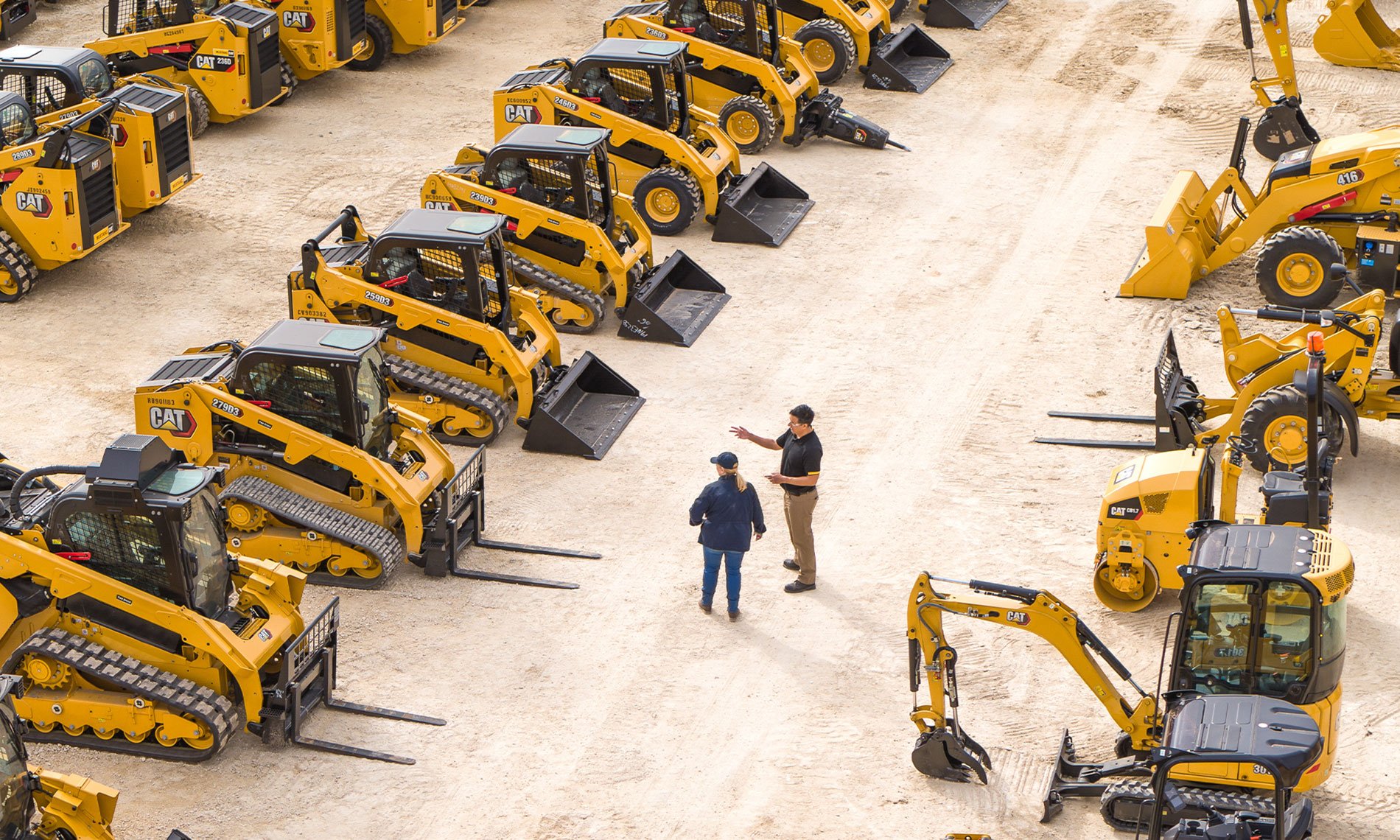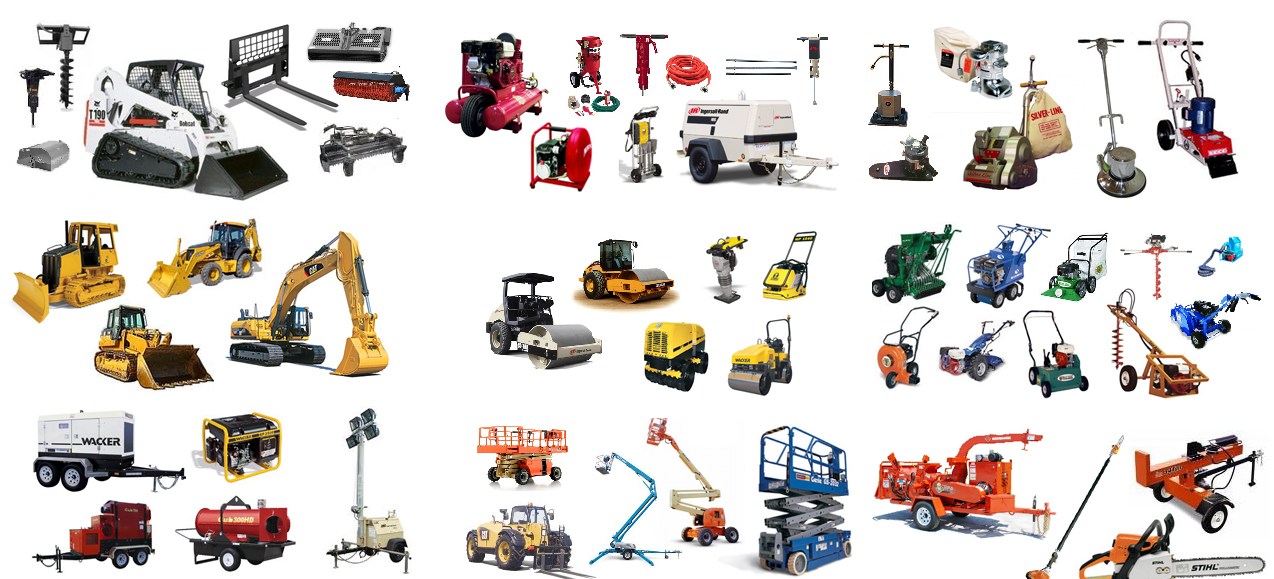Equipment Rental Company: Your Source for All Sorts Of Equipment
Equipment Rental Company: Your Source for All Sorts Of Equipment
Blog Article
Maximize Your Budget by Recognizing the Costs Linked With Building Tools Leasings
Understanding the full range of costs linked with construction equipment rentals is crucial for maximizing your budget. What strategies can be utilized to efficiently take care of these expenses and make certain a much more reliable rental experience?
Summary of Rental Costs
When considering building tools leasings, recognizing the associated expenses is vital for effective budgeting and task planning. Rental prices can differ dramatically based upon several variables, including tools type, duration of rental, and location. The first rental fee commonly mirrors the tools's market need and its connected functional abilities, influencing the overall expense.
In enhancement to the base rental rate, secondary prices may occur, such as transport fees, fuel additional charges, and maintenance charges. It is necessary to account for these added expenses to properly examine the complete cost of renting equipment. In addition, the rental period can influence rates; longer services may get approved for reduced prices, while temporary leasings may incur greater day-to-day fees.

Failure of Rental Rates
A detailed understanding of rental rates is vital for service providers and job managers aiming to enhance their budget plans. Rental prices for building tools commonly contain numerous components, including base prices, time-based costs, and usage costs.
Base rates are the core costs connected with the leasing of the equipment, typically identified by the type and dimension of the machinery. These prices can vary considerably, influenced by factors such as equipment demand, availability, and local market fads. Time-based fees, which might be daily, weekly, or monthly, serve to suit various task timelines and rental durations.
In addition, rental rates may include usage fees, which are suitable when devices is used past a specified threshold, making sure that the rental firm can make up wear and tear. Seasonal need changes can also affect rental prices, with peak building seasons usually regulating greater costs.
Moreover, recognizing the rental business's plans pertaining to maintenance and insurance can provide additional understanding right into the general cost structure. By analyzing these components, service providers can make enlightened decisions, ensuring the option of rental tools straightens with both job demands and budget plan constraints.
Added Fees to Take Into Consideration
Recognizing the ins and outs of extra costs is crucial for service providers to handle their overall rental costs efficiently. Past the basic rental prices, different additional fees can significantly affect the complete cost of tools service. These fees typically consist of distribution and pick-up charges, which can vary based on distance and logistics associated with moving the devices to and from the job website.
Moreover, some rental firms may enforce fuel surcharges if the equipment is returned with less gas than when rented. It is also important to be aware of prospective cleaning fees, specifically for specific devices that requires thorough maintenance after use.

Extensively assessing the rental contract and clarifying these added charges in advance can assist service providers make sure and prevent unanticipated a knockout post costs that budgets stay undamaged throughout the task lifecycle.
Repair And Maintenance Costs
Regular upkeep and repair service expenditures are often ignored variables that can substantially affect the total expense of building tools services. When renting tools, it is important to consider not only the rental fees yet also the prospective prices related to maintaining the machinery in ideal operating problem.
Numerous rental companies include basic upkeep as component of the rental contract; however, extra considerable repair work or unanticipated break downs can bring about added costs. It's necessary to assess the rental contract thoroughly to recognize what maintenance services are covered and what responsibilities drop on the occupant.
In addition, equipment that is not well-kept can bring about inadequacies on duty website, possibly creating delays and boosting task expenses. To minimize these risks, it is suggested to carry out normal inspections and keep open interaction with the rental company pertaining to any type of concerns that develop throughout usage.
Insurance and Obligation Costs
Insurance and responsibility costs are crucial parts that can considerably influence the total cost of building tools leasings (scissor lift rental). These expenses make certain that both the rental firm and the client are protected from prospective financial losses emerging from mishaps, damage, or burglary during the rental period

Furthermore, clients must be conscious of any type of deductibles or exclusions in the insurance coverage, as these can impact potential out-of-pocket expenditures. Recognizing the conditions of any kind of insurance policy coverage is crucial to stay clear of unexpected costs. Inevitably, budgeting for insurance coverage and responsibility expenditures can help ensure a smoother rental experience and protect against financial threats related to building and construction jobs.
Conclusion
In conclusion, a comprehensive understanding of the prices associated with building and construction tools rentals is crucial for efficient budget plan administration. Eventually, educated decision-making relating to equipment leasings contributes to the total success of building and construction endeavors.
Rental prices can differ substantially based on numerous variables, consisting of tools type, period of service, and area (mini excavator rental). The rental duration can affect pricing; longer services might qualify for reduced prices, while temporary rentals might incur higher day-to-day charges
By performing complete study and engaging with trustworthy rental business, service providers can successfully navigate the intricacies of rental pricing, her latest blog eventually maximizing their economic sources.
Past the standard rental prices, different auxiliary fees can substantially impact the complete cost of equipment service. Rental business usually give obligation insurance coverage that covers injuries to third parties or damages to home, while devices damage insurance can cover the price of repair services or substitute if the leased devices is harmed.
Report this page